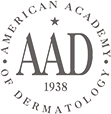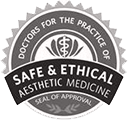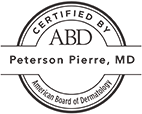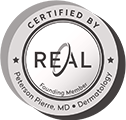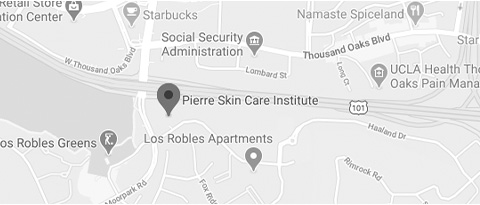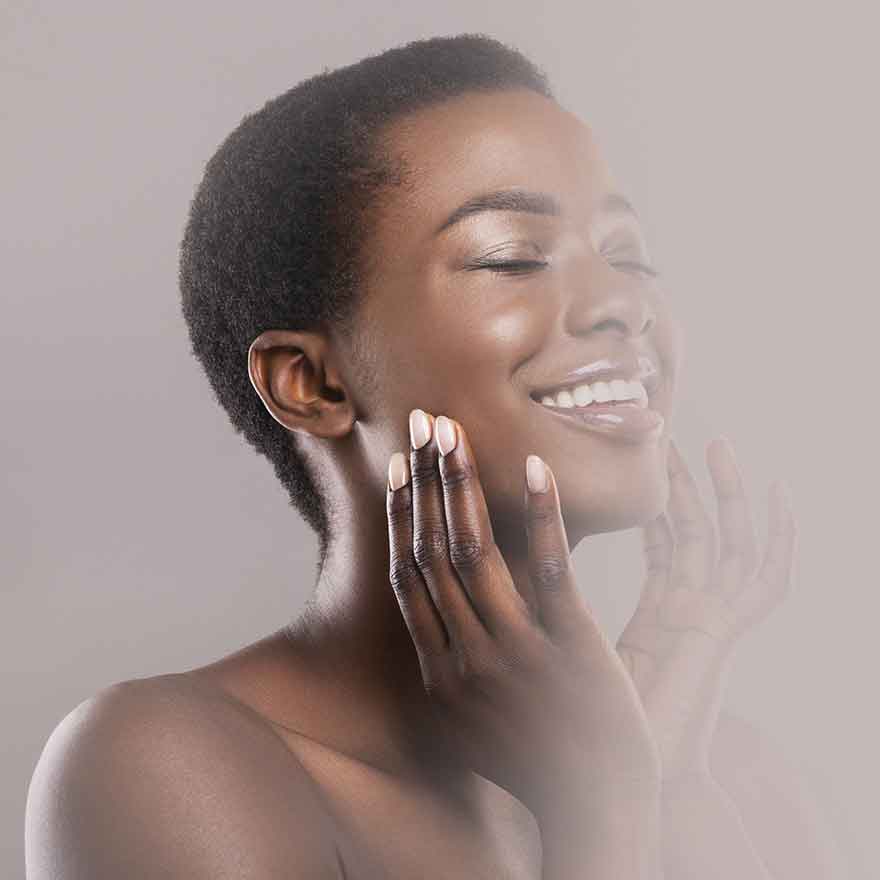Rosacea
Tone Down the Redness of Chronic Flushing and Blushing in WESTLAKE VILLAGE AND Thousand Oaks
Rosacea impacts millions of Americans. The skin disorder is similar to acne in that sufferers can develop whiteheads or blackheads, but it is also closely associated with the persistent redness of uncontrollable blushing. For men and women embarrassed by these symptoms of rosacea, Westlake Village and Thousand Oaks’ Dr. Peterson Pierre encourages seeking out professional treatment as opposed to trying to hide your face from the world.
Financing Options
Financing your care at Pierre Skin Care Institute is easy, convenient, and safe. We offer CareCredit® and Alphaeon® Credit — two trusted and reliable options that allow you the flexibility to make comfortable payments over time in order to get your procedure benefits now.
This message is necessary, because many patients deal with psychological effects in addition to the physical discomfort. The impact of constant flushing and acne-like breakouts can take a toll on self-esteem. If living with rosacea affects your desire to participate in social situations, get help and jump back into life!
Click here to schedule an appointment with Dr. Peterson Pierre to discuss help for rosacea in Westake Village. Patients from Thousand Oaks and beyond can also call Pierre Skin Care Institute at (805) 496-9190 or send an message online.
What Is Rosacea?
Rosacea is a chronic skin condition that impacts more than 16 million Americans—with light-skinned, middle-aged women being the most common sufferers. That said, anyone can develop symptoms.
Rosacea most commonly manifests as ongoing facial redness and bumps, but it is also possible for these problems to appear on the chest and back. Other symptoms include visible blood vessels, pustules, burning or stinging sensations, unusual skin sensitivity, and dry or irritated eyes. People who have this condition may also experience rough, dry patches of skin, enlarged pores, and vision problems.
Diagnosis involves Dr. Peterson Pierre making a careful examination of your skin, as well as asking detailed questions about your medical history.
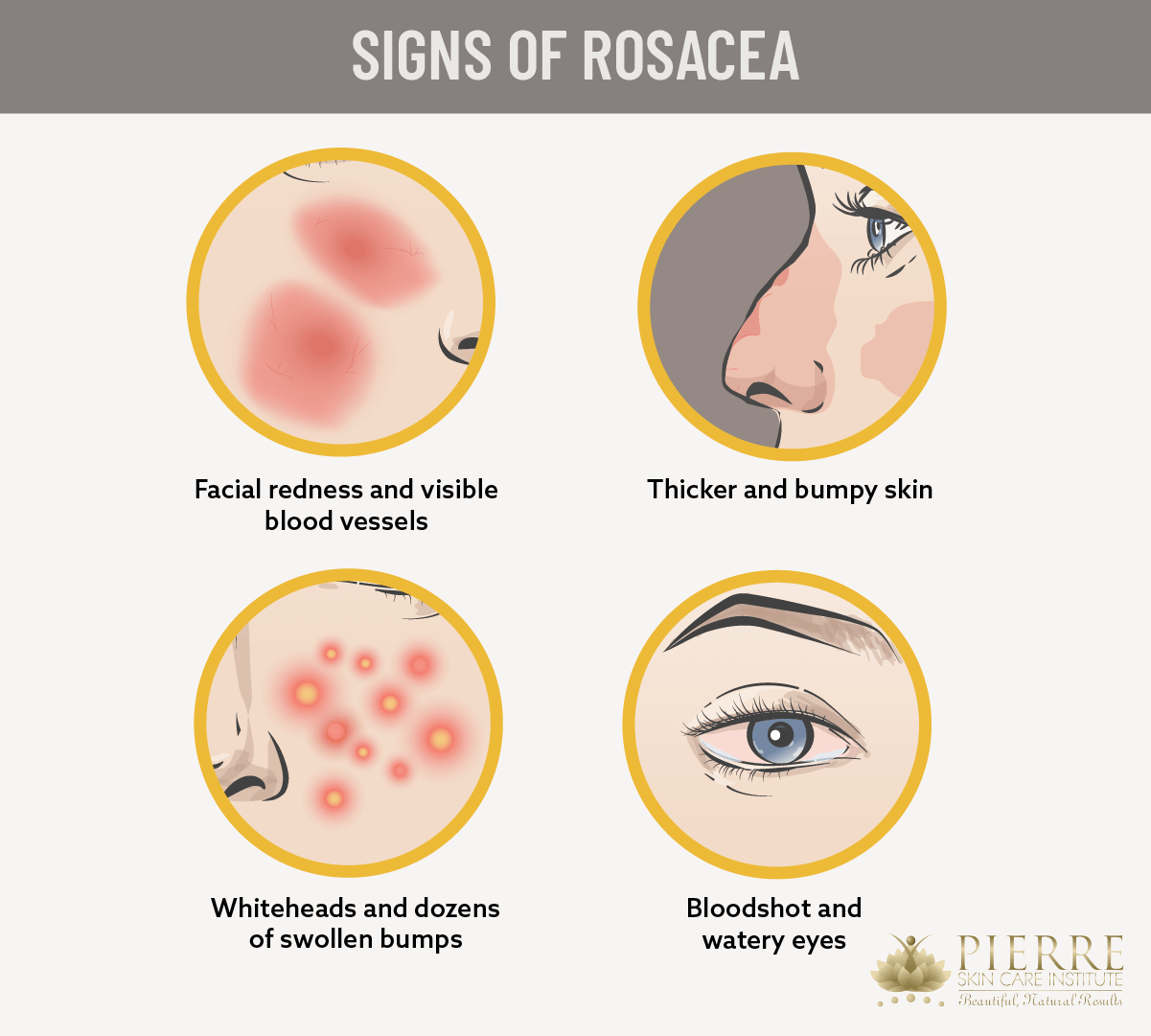
Before & After
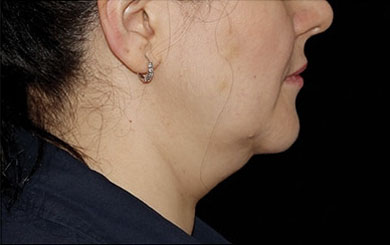
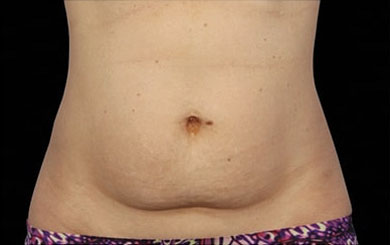
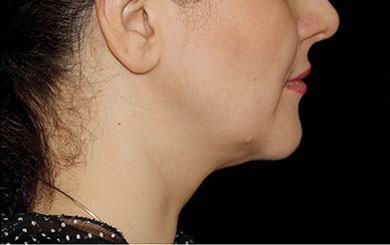
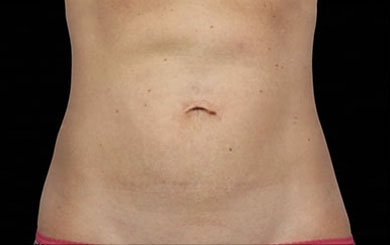
View more great results in the Pierre Skin Care Institute gallery—featuring images of dermatology patients who chose fat reduction, skin rejuvenation, and other treatments at Pierre Skin Care Institute—to see what the team could do for you!
What Are the Different Forms of Rosacea?
Rosacea is broken into four main categories, although patients often experience symptoms common to more than just one type:
- erythematotelangiectatic, with ongoing facial redness and visible blood vessels that can become more or less pronounced over time—though lack of treatment can lead to longer-lasting, more dramatic symptoms
- papulopustular, resembling whiteheads and potentially dozens of swollen bumps similar to acne breakouts
- phymatous, which causes the skin to grow thicker and possibly bumpy, especially on the nose—a condition that impacts men far more than women
- ocular, causing bloodshot and watery eyes, as well as persistent burning and itching sensations, as well as the possible formation of eyelid cysts
What Causes Rosacea?
Although the underlying cause of rosacea is still not fully understood, medical researchers believe that there are several factors that contribute to the condition, including abnormalities in blood vessels of the face, the presence of a skin mite known as Demodex folliculorum, a gut bacteria called Helicobacter pylori, the way the body processes a protein called cathelicidin (which typically protects the skin from infection), and having close relatives who also have this condition. The immune system may also play a role in the development of this skin disorder.
WHAT TRIGGERS OUTBREAKS OF ROSACEA?
Any factor that causes your rosacea to flare-up is called a trigger. While doctors do not currently know what causes rosacea to initially develop in patients, research has led to the identification of certain common factors that can trigger flare-ups.
If you have rosacea, your skin will tend to be extremely sensitive, so there are many activities and environmental elements that may cause irritation. Each person may be triggered by different things, so you should try to find out what causes your rosacea to flare up.
In general, patients may find that their symptoms worsen after exposure to sunlight, alcohol, spicy foods, stress (or any emotional or embarrassing situation that causes you to flush or blush), extreme temperatures, certain medications, and strenuous exercise.
Being aware of what your triggers are is important, since the knowledge can help to reduce flare-ups, maximize the results from treatments, and stop the condition from worsening. Dr. Pierre suggests keeping a journal to track your activities and outbreaks. Being able to look back and identify common or recurring exposures linked to rosacea flare-ups can be critical when it comes to identifying triggers to avoid.
WHAT ARE THE RISK FACTORS FOR ROSACEA?
The people who have the highest risk of developing rosacea are women who are over the age of 30, have fair skin, tend to get sunburns easily, blush or flush frequently, have relatives who have symptoms of the condition, have Northern European ancestry, or have a history of severe acne. If you are in one or more of the high-risk groups for rosacea, you should know about the early signs of the condition.
What Can Be Done About Rosacea?
There is no cure for rosacea, but treatments can be highly effective for managing the symptoms and controlling flare-ups. The best treatment option for a specific person will depend on the severity of the condition.
Treatments for rosacea include ways of managing the redness, inflammation, and skin eruptions associated with the condition. It’s important to get treatment as early as possible, because if you don’t, the symptoms may worsen and become lasting features in the skin.
Ongoing therapy may consist of topical creams or oral antibiotics, but a primary way of coping with the condition is avoiding triggers. Awareness of the factors that cause your flare-ups is an ideal way to gain control over your own skin. You may need to make certain lifestyle changes or use home remedies to avoid rosacea flare-ups and prevent the symptoms from worsening.
There are many types of skin care products that may be triggering for rosacea. Certain habits, such as scrubbing the skin, can also trigger symptoms. You’ll need to be gentle on your skin if you want to avoid flare- ups.
In addition to taking your medications as prescribed, good skin care can help you to manage the symptoms of rosacea. It’s recommended that you use mild skin cleansers and high-quality, oil-free cosmetics along with moisturizers. Try to avoid using irritating products on your face, and refrain from rubbing or touchiing your face as much as possible.
Since your skin will be sensitive to sunlight if you have rosacea, sun protection is essential. Apply a broad-spectrum sunscreen that’s SPF 30 or higher to minimize ultraviolet radiation exposure that can trigger rosacea flare-ups. You should also wear sun protective clothing and accessories, seek shade, and avoid sun exposure during the peak late morning and afternoon hours when the rays are most intense.
Heat is not the only temperature extreme that can trigger flare-ups. Be sure to wear a scarf or ski mask to protect your skin in cold weather.
Seeking appropriate treatment for flare-ups that do happen is also necessary. Dr. Pierre has a variety of options to alleviate differing degrees of symptoms. In some cases, laser treatments may help to address enlarged blood vessels and target visible veins. Cutera Excel V and Laser Genesis treatments, for example, are effective at toning down the redness of flushing. Options are customized to each individual patient, which can lead to improvement in the length of time between outbreaks of rosacea. While restoration of healthy skin may take a few months, patients should quickly feel more confident as they see clearing occur.
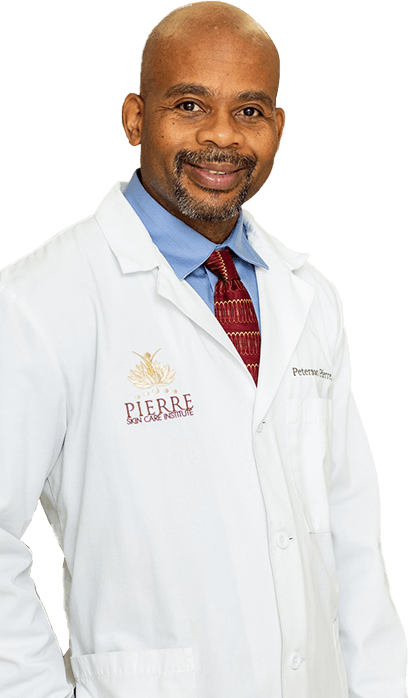
Meet
Dr. Peterson Pierre
As a Stanford Medical School graduate and dermatologist certified by the American Board of Dermatology, Dr. Peterson Pierre ("the Gentle Injector") is a highly respected leader in the industry with a reputation for exceeding patient expectations.
Why Choose Pierre Skin Care Institute for Rosacea Care in westlake village and Thousand Oaks?
As a board-certified dermatologist with years of education and practical experience, Dr. Peterson Pierre believes your skin is a reflection of your overall health. You deserve to be excited at the prospect of engaging in life—not anxious about your appearance. Dr. Pierre offers personalized medical dermatology treatment options so you can move toward the best skin of your life and leave the worry of rosacea behind.
For help with rosacea in Westlake Village and Thousand Oaks, click here to schedule an appointment with Dr. Peterson Pierre, call (805) 496-9190, or send an online message. Pierre Skin Care Institute serves Westlake Village, Agoura Hills, Calabasas, Burbank, Sherman Oaks, all of Simi Valley, and beyond.



